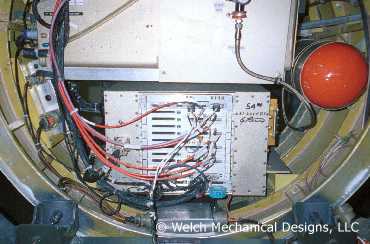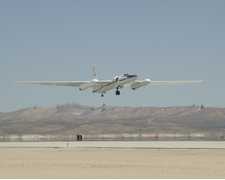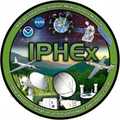The ER-2 X-Band Doppler Radar (EXRAD) is a dual-beam, X-band radar mounted on NASA’s ER-2 aircraft. It was initially intended to be used on the Global Hawk but was instead developed for the ER-2 to replace the ER-2 Doppler Radar (EDOP). EXRAD measures backscatter to determine radar reflectivity, Doppler velocity, and linear depolarization ratio. These measurements help to analyze the phase, orientation, size, and other properties of precipitation particles. EXRAD operates at 9.6 GHz and has a range resolution between 37.5 and 300 meters. It has a swath width of 28 km at an altitude of 20 km during scanning mode, with a typical sampling frequency of 0.25 seconds.


Instrument Details
- Radar
- Earth Science > Spectral/engineering > Radar > Doppler VelocityEarth Science > Spectral/engineering > Radar > Radar ReflectivityEarth Science > Atmosphere > PrecipitationEarth Science > Spectral/engineering > Radar > Radar Backscatter
- Troposphere
- 0.25 s
- 37.5-300 m
- 9.6 GHz
- https://doi.org/10.1175/1520-0426(1996)013%3C0795:TERSOT%3E2.0.CO;2
Gerald Heymsfield
Gerald Heymsfield
GSFC
NASA ESTO AITT
Currently unavailable
Filter data products from this instrument by specific campaigns, platforms, or formats.







